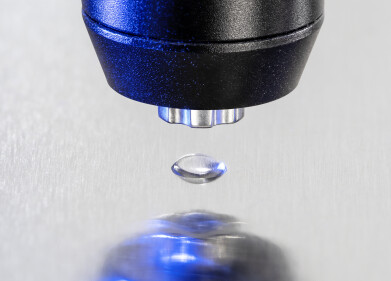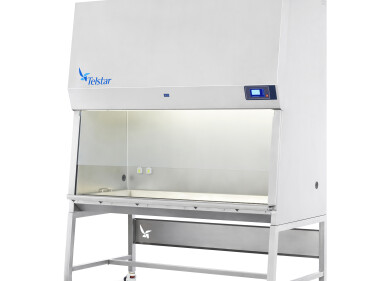Laboratory Products
Nerve research takes a leap forward with nanofibres and stem cells
Nov 15 2012
Researchers have found a way to encourage cells to grow and myelinate along thin fibres, which could lead to future treatments for neurological diseases.
Thinner than human hairs, polymer nanofibres were used by scientists as scaffolds in the brain, as they were able to copy the same size and shape of nerves found in the body.
This nanofibre scaffolding enabled a certain type of brain cell to wrap itself around it, stated scientists from the University of California in San Francisco and the University of Michigan.
They also saw multiple concentric layers of a protective substance, called myelin, begin to form just as it does naturally in the body.
Myelination protects bigger nerve fibres from damage via forming a defensive coating around them.
This approach could eventually be utilised to generate new nerves from stem cells and point their connections to undamaged parts of the brain and muscles.
Neurological diseases are disorders of the spinal cord, brain and nerves throughout the body. When the nervous system ceases to function correctly, the sufferer can have trouble speaking, moving, swallowing, breathing or learning.
Problems with memory, mood and senses can also be affected.
More than 600 neurologic diseases are known, such as Huntington's disease, muscular dystrophy, spina bifida, Parkinson's and Alzheimer's disease.
Injuries to the spinal cord and brain, seizure disorders such as epilepsy, cancers such as brain tumours and infections such as meningitis can also damage or kill nerve cells.
Neurologist Joseph Corey from the University of Michigan explained that it may be possible in the future to grow nerves along nanofibres in a laboratory and then transfer them to patients' bodies, where the fibres would then safely dissolve into the body.
"What we need to do for multiple sclerosis is to encourage nerves to remyelinate. For nerve damage caused by trauma, on the other hand, we need to encourage regeneration," said Dr Corey.
Posted by Neil Clark
Digital Edition
International Labmate 49.6 - Sept 2024
September 2024
Chromatography Articles - HPLC gradient validation using non-invasive flowmeters Mass Spectrometry & Spectroscopy Articles - From R&D to QC, making NMR accessible for everyone: Putting NMR...
View all digital editions
Events
Oct 06 2024 Liverpool, UK
Oct 08 2024 Gothenburg, Sweden
Oct 09 2024 Birmingham, UK
Oct 09 2024 NEC, Birmingham, UK
Oct 15 2024 Milan, Italy



.jpg)














